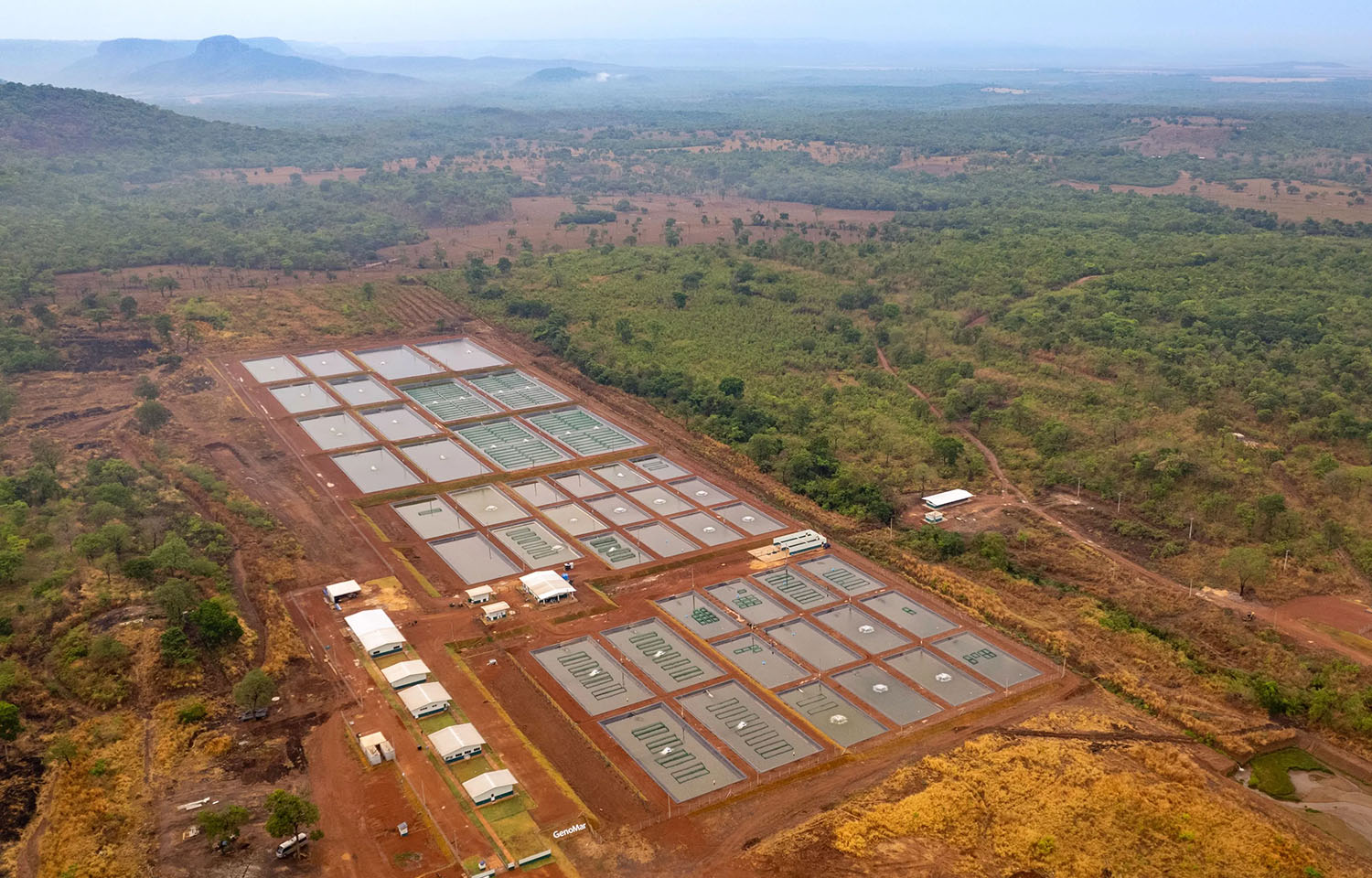According to the latest annual report from Brazilian fish-farming association Peixe BR on Brazil’s fish output, the South American country produced 887,029 metric tons (MT) of farmed fish in 2023, marking a 3.1 percent jump from 2022 and surging 53.2 percent from the 578,800 MT produced 10 years ago.
Farmed tilapia took up 65.3 percent of total production, reaching 579,080 MT, followed by native species such as tambaqui and pirarucu coming in at 263,479 MT and comprising 29.7 percent of the total. Other fish including carp, trout, and pangasius came in at 44,470 MT, or 5 percent of the total.
Production of tilapia has jumped 103 percent over the past decade, Peixe BR said, turning the country into a major global tilapia-producing player over the time frame.
“It was the fastest-growing animal protein in the country during this period. With the authorization for production in more states, tilapia has the ideal environment in Brazil to achieve higher productivity,” Peixe BR Executive President Francisco Medeiros said.
Even so, tilapia production growth was “modest” in 2023 when compared to the previous nine years, he said, attributing the slowdown mostly to “sanitary issues.”
A disease outbreak last year led to reduced fry production and higher mortality rates in the sector, but the executive said the industry responded effectively, implementing more stringent biosafety measures and enhanced vaccination programs in order to stabilize fry supply by Q4 2023.
Regarding the production of native fish, Peixe BR said overall production slipped 1.3 percent when compared to 2022. The association called for greater state support of production in this area and for the definition and implementation of a business model that can attract private-sector investment.
Other developments toward the end of 2023 that may be worrisome for the industry include the arrival of a container of tilapia fillets from Vietnam that “made December a month filled with concerns.”
At the beginning of 2024, the Ministry of Fisheries and Aquaculture …








